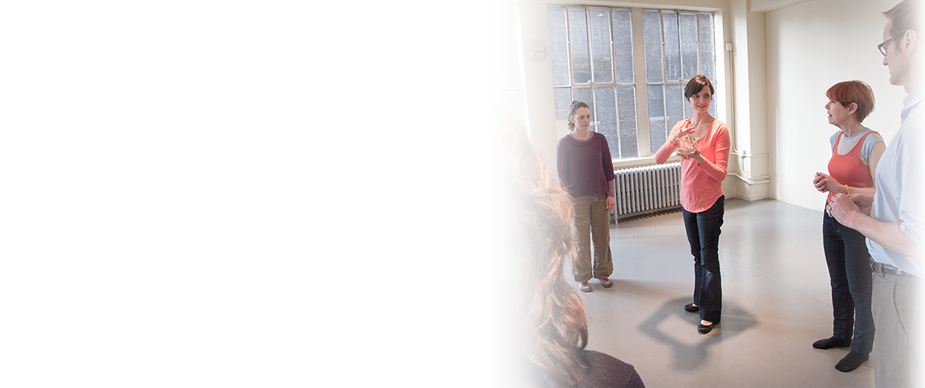Come back here with you're head up, Charlie Brown!
/Posture Police: Lucy came down on you pretty hard there.
Charlie Brown: You can say that again. I'm just a failure. That's all there is to it. The harder I try, the worse I get.
Posture Police: That's because you're end-gaining.
Charlie Brown: Good grief, I can't stand anymore criticism!
Posture Police: Now hold on a second. Lucy listed for you and showed you all of your shortcomings . . .
Charlie Brown: I know! That's all I am. Millions of faults all stuck together forming something that sort of looks like a human. Why do I have to be me? I wish I were some with no faults or maybe just three faults. I think I could handle three. But all faults? I can't do anything but be discouraged.
Posture Police: Charlie Brown, you're "faults" as you call them are what you do. They're not written in you're genetic code.
Charlie Brown: They're not?
Posture Police: No. If you're doing something one way, you can change how you're doing it right?
Charlie Brown: I guess so. But how? I try so hard. If at first you don't succeed, try, try again. Just Do It, Nike.
Posture Police: I think that whoever said those things was giving some pretty poor advice.
Charlie Brown: But I have to try, right? What else can I do but try? Oh, I'm so sick of trying.
Posture Police: So stop trying!
Charlie Brown: You want me to give up? I'm only eight years old! Oh, but I should give up. I'm a total, utter, failure.
Posture Police: I'm not suggesting that you give up. I'm suggesting that you do something different instead of always trying to do the same thing. It's like you're running faster and faster in a circle. You try harder and harder, but with the same habits that just get you right back to where you started.
Charlie Brown: What habits? You mean my faults?
Posture Police: Yes, you're faults, but let's be less judgmental and call them habits that get in the way of you achieving your goals.
Charlie Brown: Lucy said that I lack coordination and that my movements are erratic.
Posture Police: I saw the instant replay of you running and I agree with her. She wants you to fail, so she doesn't offer you an alternative for your "faults".
Charlie Brown: Ok, I'm listening.
Posture Police: When you were running to kick that ball, do you remember how you were going about running? Were you aware that you were moving erratically?
Charlie Brown: No.
Posture Police: And there's the problem. How can you change that if you aren't aware if it while you are doing it?
Charlie Brown: Good grief. This is complicated.
Posture Police: I think it's pretty simple. As I mentioned before, you were end-gaining. You were thinking only about kicking the ball, but you were ignoring the means-whereby you got there.
Charlie Brown: The means where-who?
Posture Police: The means whereby you do something. They way you do something. The steps involved in doing something.
Charlie Brown: I understand.
Posture Police: Good. You ignored how you were getting to the ball and were only thinking of the end goal - kicking it. You completely stressed out about getting to the ball and exhibited poorly coordinated, erratic movements as pointed out by Lucy. Lucy isn't helping you though by simply pointing them out.
Charlie Brown: I should have kept that nickle in my pocket, but I was so desperate.
Posture Police: Let's look at what you are doing when you run. Here's a ball. Go over there and run and kick it.
Charlie Brown: Are you going to pull the ball away?
Posture Police: No.
Charlie Brown: Ok. Here I go.
Posture Police: Ok, stop just a minute.
Charlie Brown: But I didn't even get to the ball yet.
Posture Police: You're already end-gaining. Just like in the instant replay, you are pulling your head back and down, and therefore compressing your whole spine. That pressure in turn prevents your legs from moving freely under your torso. You're not present as you're running. It looks like you're only thinking about the ball and you're forgetting how you're moving and where you are in space. Can I put my hands on your neck and back to show you what I mean?
Charlie Brown: Ok. Oh, wow! Now I feel what I'm doing. You're right! I feel that I am pulling my head back and down. Even when I'm just standing here. So I must be doing it even more when I'm running.
Posture Police: Now you are getting the idea. Pulling the head back and down is a startle response, like if you just saw a grizzly bear over there! If you do that while you run, you'll slow yourself down and will interfere with your natural, efficient coordination. You are naturally well-coordinated, Charlie Brown. You just need to get out of your own way. You're not doomed to be a failure if you learn how to change your habits.
Charlie Brown: Wow, thanks. I don't feel discourage anymore. I think I have a lot of work to do, but there might be some hope for me yet!
Posture Police: Glad to be of help. You are a good man, Charlie Brown!




